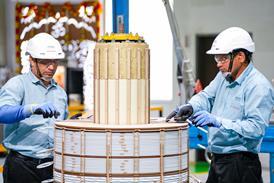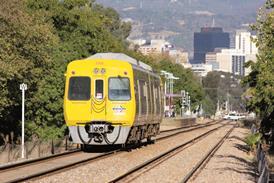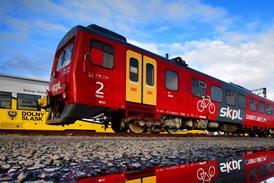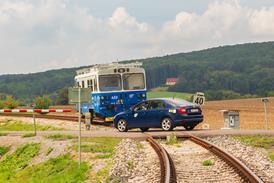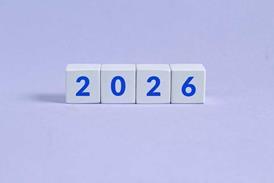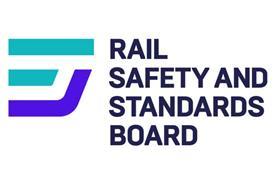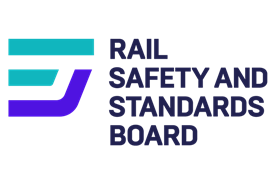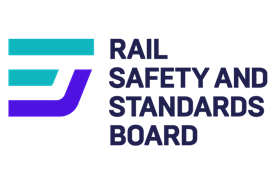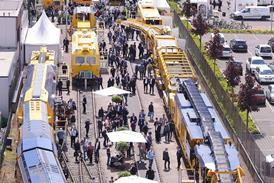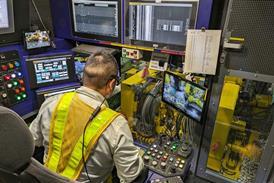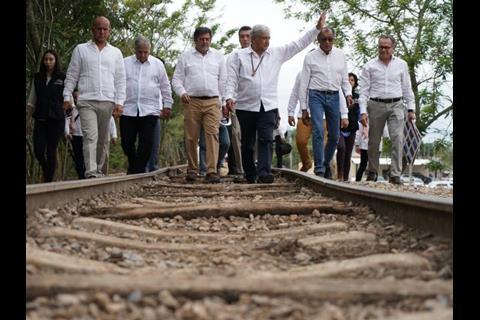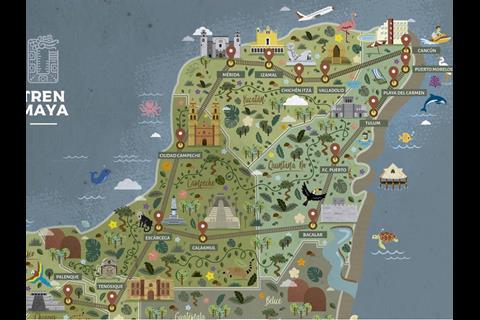MEXICO: The Tren Maya project to develop two rail corridors serving the Yucatan Peninsula was formally launched on December 16 by recently-elected President Andrés Manuel López Obrador with a ceremony near the ancient Mayan ruins at Palenque.
Expected to take four years to build, the project envisages the development of 1 525 km of railway through the five eastern states of Yucatan, Campeche, Quintana Roo, Chiapas and Tabasco, serving 15 stations.
Tren Maya would connect Palenque with the resort of Cancún via two routes. One would follow the existing rail corridor from Palenque through Tenosique, Escárcega and Campeche to Mérida and Valladolid, broadly following the Caribbean coast. The other would diverge at Escárcega and head east through Calakmul to Bacalar before running north to Felipe C Puerto, Tulum and Cancún. Total cost is put at between 120 and 150bn pesos, which will be funded through ‘a mixed investment scheme’. The President suggested that the project would create ‘hundreds of thousands’ of jobs. Designed for operation at up to 160 km/h, the mixed traffic railway is intended to carry local passenger traffic and freight as well as tourists. Trains would be operated by ‘hybrid biodiesel locomotives’, meeting the latest environmental standards adopted in California.
The route has been divided into three sections for construction purposes: Selva (Palenque – Calakmul, 426 km), Caribbean (Escárcega – Mérida – Cancún, 446 km) and Gulf (Calakmul – Bacalar – Cancún, 653 km). The existing lines are to be extensively rebuilt, while other sections will follow road or power line corridors. Around one third of the total length will be through undeveloped jungle, which has raised concerns from environmentalists.
According to project leader Rogelio Jiménez Pons, who took over as head of the country’s National Fund for Tourism Promotion on December 1, Tren Maya is expected to drive the social, economic and environmental development of the Yucatan Peninsula. It is seen as the new government’s principal infrastructure project, supporting ‘sustainable tourism’ while protecting the Calakmul Biosphere Reserve.
With Mexico currently ranking sixth in the world for tourist volumes, the government hopes the new railway will reduce the environmental impact of the 6·8 million visitors per year to the Mayan archaeological sites such as Chichen Itzá and Tulum. The railway is projected to carry around 8 000 tourists per day.
The government argues that the line will generate economic benefits for the five states, with easier accessibility driving greater tourist spending which in turn could support the provision of infrastructure and services for local communities. It says federal programs ‘to support the basic services of productive infrastructure and sustainable tourism’ will help to ‘reorder the surrounding settlements’ and ‘generate new social dynamics in the area’.

